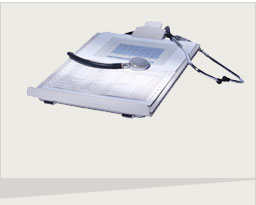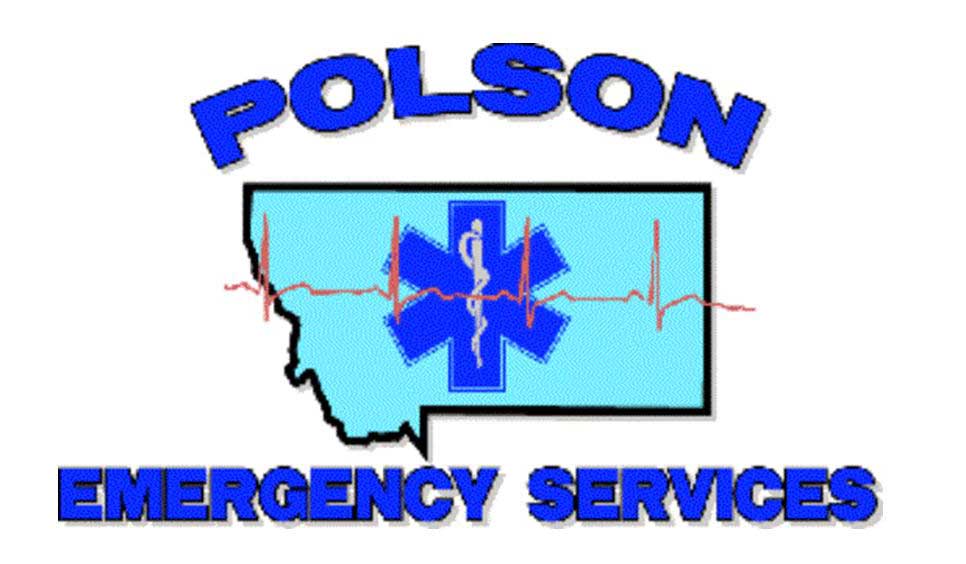


|
|
|
|
THE HISTORY OF EMS Few people realize that modern emergency medical service has only been around for the past 70 years. This is a timeline of EMS from the very beginning when mankind started to provide pre-hospital care and its progression through the years. 1865 - America's first ambulance service is instituted by the U.S. Army. 1869 - America's first city ambulance service (utilizing horse drawn carriages) is instituted in New York City by Bellevue Hospital. 1870 - Prussian siege of Paris used hot air balloons to transported wounded soldiers. This was the first documented case of aeromedical transportation. 1899 - Michael Reese Hospital in Chicago began to operate an automobile ambulance which was capable of speeds up to 16 mph. 1910 - First known air ambulance aircraft was built in North Carolina and tested in Florida. The aircraft failed after flying only 400 yards and crashing. 1926 - Phoenix Fire Department begins "inhalator" calls. 1928 - Julien Stanley Wise implemented the first rescue squad (Roanoke Life Saving Crew) in the nation in Roanoke, VA. 1940's - Prior to World War II, hospitals provided ambulance service in many large cities. With the severe manpower shortages imposed by the war effort, it became difficult for many hospitals to maintain their ambulance operations. City governments in many cases turned ambulance service over to the police or fire department. No laws required minimal training for ambulance personnel and no training programs existed beyond basic first aid existed. In many fire departments, assignment to ambulance duty became an unofficial form of punishment. 1951 - Helicopters began to be used for medical evacuations during the Korea war. 1956 - Dr. Elan & Dr. Safar developed mouth-to-mouth resuscitation. 1959 - Researchers at John's Hopkins Hospital in Baltimore, MD developed the first portable defibrillator as well as perfected CPR. 1960 - Martin McMahon experimented with various types of artificial respiration by paralyzing Baltimore City firefighters and seeing which method worked best. Los Angeles County Fire Chief Keith Klinger proudly announced that every engine, ladder and rescue company in his department was equipped with a resuscitator. His department is believed to have been the first large department to adopt uniformly medical emergency responsibility. 1965 - More people died this year in auto accidents (50,000) than in 8 years of the Vietnam War. President L. Johnson signed into law the National Highway Safety Act which started the National Highway Traffic Safety Administration. 1966 - The National Research Council publishes a research paper, "Accidental Death & Disability - The Neglected Disease of Modern Society". Otherwise known as "The White Paper", this work was the catalyst for improving the delivery of pre-hospital car to this day. An excerpt from the report states: "Expert consultants returning from both Korea and Vietnam have publicly asserted that, if seriously wounded, their chances for survival would be better in the zone of combat than on the average city street." 1966 - Dr. Pantridge in Belfast, Ireland, started to deliver pre-hospital coronary care using ambulances. His research showed that his program significantly improved patient survivability in out-of-hospital cardiac events. In Pittsburgh, citizens demand an ambulance service to transport minority citizens. Freedom House Enterprises took 44 unemployed 18-60 year old men and gave then 3,000 hours of medical training. The program was deemed a success. 1967 - The American Ambulance Association publishes an article that states that as many as 25,000 Americans are either crippled or left permanently disabled as a result of the efforts of untrained or poorly trained ambulance personnel. 1968 - St. Vincent's Hospital in New York City started this nation's first mobile coronary care unit. The program at first used physicians, then paramedics. The American Telephone and Telegraph starts to reserve the digits 9-1-1 for emergency use. In Virginia, The Virginia Ambulance Law is passed and establishes the state's authority to regulate ambulances, verify first aid training, and issues permits. 1969 - The Miami FL Fire Department started the nation's first paramedic program under Dr. Eugene Nagel. The very first out-of-hospital defibrillation occurred shortly thereafter (the patient survived and left the hospital neurologically intact). In Seattle, Dr. Leonard Cobb at Harbor View Medical Center teams up with the Seattle Fire Department and creates Medic I. Medic I is a Winnebago, (called "Mobi Pig" by the firefighters manning it), based at the hospital and is dispatched only on cardiac related calls. 1970 - The Charlottesville-Albemarle Rescue Squad in Charlottesville, VA starts the nation's first volunteer paramedic program under Dr. Richard Crampton. One of their first patients was President Lyndon Johnson, who suffered a heart attack while visiting his son-in-law Chuck Robb at UVA. 1971 - The television show Emergency! debuted. Emergency contributed to changed public attitudes concerning the fire service and emergency medical care. At the start of the show, there were only 12 medic units in the entire country. Four years later at least 50% of the population of this country was within 10 minutes of a medic unit. 1972 - The Department of Transportation and Department of Defense team up to form a helicopter evacuation service. In Seattle, Medic II is instituted. Medic II is a program to train 100,000 citizens in CPR. Harbor View Medical Center starts up the nation's most intensive training program for paramedics. The course is 5,000 hours long, compared to 3,600 hours a medical student endures to become a doctor! 1973 - St. Anthony's Hospital in Denver starts the nation's first civilian aeromedical transport service. (The program was called "Flight for Life".) The Star of Life is published by the DOT. The EMS Systems Act (public law 93-144) is passed by Congress, which funds 300 regional EMS systems. 1974 - A Federal report discloses that less than half of the nation's ambulance personnel had completed the Department of Transportation 81-hour basic training course of its equivalent. 1975 - The American Medical Association recognizes emergency medicine as a specialty. The University of Pittsburgh & Nancy Caroline MD, is awarded a contract to develop the first nationwide paramedic training course. The National Association of EMT's is formed. 1977 - The National Council of EMS Educators is formed. 1978 - Phoenix Fire Department implements paramedic engine companies. 1979 - The Journal of Emergency Medical Services (JEMS) starts publication. The American Ambulance Association is formed. 1980 - The National Registry of EMT's published its first national standard exam for EMT-Intermediate. 1981 - Direct funding of EMS systems by the Federal Government is replaced by block grants. A study shows that 73 percent of all American fire departments, career and volunteer, are involved in some level of EMS service. In Salt Lake City, Jeff Lawson, MD, comes out with an emergency medical dispatcher program and priority dispatching. Nationwide, the medical community first recognizes AIDS. 1983 - Jack Stout starts systems status management in Denver. "One for Life" law is passed in Virginia. This law assesses one dollar from each motor vehicle license and replaces all other state funding for emergency medical services. This provides funds to each city and county in Virginia and substantially increases support for regional EMS Councils, Rescue Squad Assistance Fund and EMT instructors. 1985 - The National Association of EMS Physicians is formed. 1986 - The Comprehensive Omnibus Budget Reconciliation Act (COBRA) is passed by Congress. This affected transfers of patients from ED to ED and prevented "dumping" (financially motivated transfers of patients). 1990 - The Trauma Care System Planning & Development Act is passed by Congress. Fire Department organizations join together in a resolution to expand into EMS. 1991 - The Comission on Accreditation of Ambulance Services sets standards and benchmarks for ambulances services to obtain. 1992 - American Medical Response starts to sell stock on the NYSE and starts a nationwide consolidation of the private ambulance industry. A public opinion survey conducted for the American College of Emergency Physicians found that nearly half of adult Americans could not identify 9-1-1 as the emergency number, or confused it with 4-1-1, the directory assistance number. 1993 - It is proposed that EMT-P's assume an expanded role in primary care of non-emergent patients by learning expanded skills. 1995 - Los Angeles City Fire Department institutes EMT Assessment & Paramedic Engine companies. 1996 - New York City EMS is absorbed by FDNY. 1997 - San Francisco and Chicago institute paramedic engine companies. |
|
|
|
||


| Site Map |